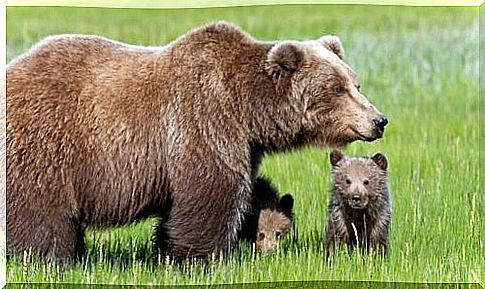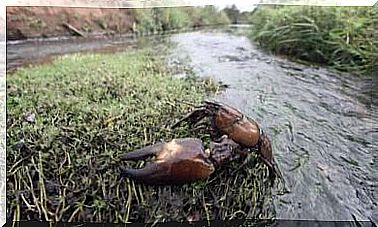The Red List Of Endangered Species

In 1963 the International Union for Conservation of Nature (IUCN) decided to create a document regarding the conservation status of species around the world. Thus was born the Red Book, also called the Red List. In this article we will tell you what this document consists of and why updating it periodically is so important.
What is the Red List?
This document is considered to be the most comprehensive inventory of the world conservation status of all plant and animal species.
It is made by the IUCN, the largest environmental organization in the world, founded in 1948. Aside from that, many countries and organizations produce their own Red Book, which includes particularly vulnerable regional species.
For its preparation, experts from other organizations such as BirdLife International or the Zoological Society of London intervene . The Red List is updated every year on the basis of a series of criteria regarding the increased risk of extinction of animal and plant species.
In addition, a large-scale review is conducted every four years in order to add new species or remove them through an intensive review and comparison process.
The main goal of the book is to educate the population about the urgency and need to conserve species. The red list also serves as a tool to assist and advise the international community.
What are the categories of the Red List?
Depending on the degree of extinction risk of the species, currently the IUCN considers nine categories or degrees of risk, ordered from highest to lowest:
- Extinct.
- Extinct in the wild.
- Critically endangered.
- In danger.
- Vulnerable.
- Almost threatened.
- Minimum level of concern.
- Insufficient data.
- Without evaluation.

Depending on the annual analysis, the degree of risk of the different species can vary. For example, in 2018 the mountain gorilla ( Gorilla beringei beringei ) went from being “critically endangered” to “endangered” thanks to the recovery of part of its population.
Another example is the Mexican tortoise ( Gopherus flavomarginatus ), which has gone from “vulnerable” to “endangered”. This is largely due to the loss of its habitat.
Which species are at risk of extinction in Italy?
Within our forests, seas and mountains there are many species listed on the Red List. This is the case of the Marsican brown bear, which has always been a symbol of the Apennines. The habitat of the brown bear has drastically reduced and so has the number of its specimens. To date, there are barely fifty of them, protected within the National Parks of Abruzzo, Lazio and Molise.

Another animal at risk of extinction in Italy is the Bonelli’s eagle, or banded eagle, also threatened by the disappearance of its natural habitat and its favorite prey, the wild rabbit of the Sicilian plains. For this reason, today in Sicily there are fewer than twenty examples of Bonelli’s eagle.
What about the wolves. Italian wolves are on the verge of extinction: there are less than 500 specimens in the area. Among the main causes of extinction, also the mating with stray dogs. Thankfully, some volunteer programs are trying to recover the species.
Finally, the Alpine ibex has been in serious danger of becoming extinct for several decades. For this reason, an intense operation aimed at restocking has managed to give life to 53 colonies.
All the examples cited by the Red List only underscore the importance of habitat conservation, a task to which we can all contribute to a greater or lesser extent.









